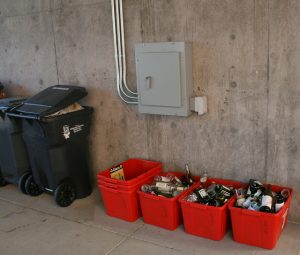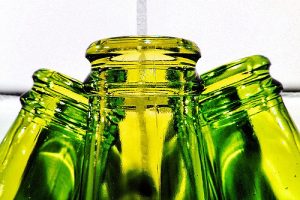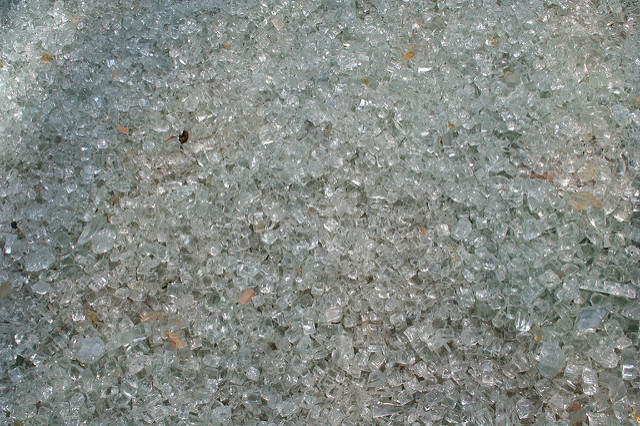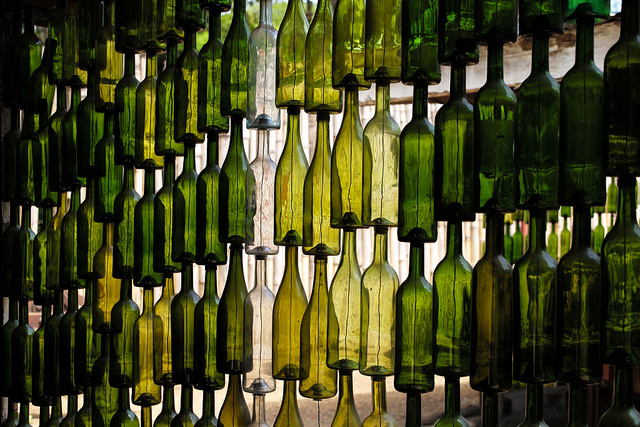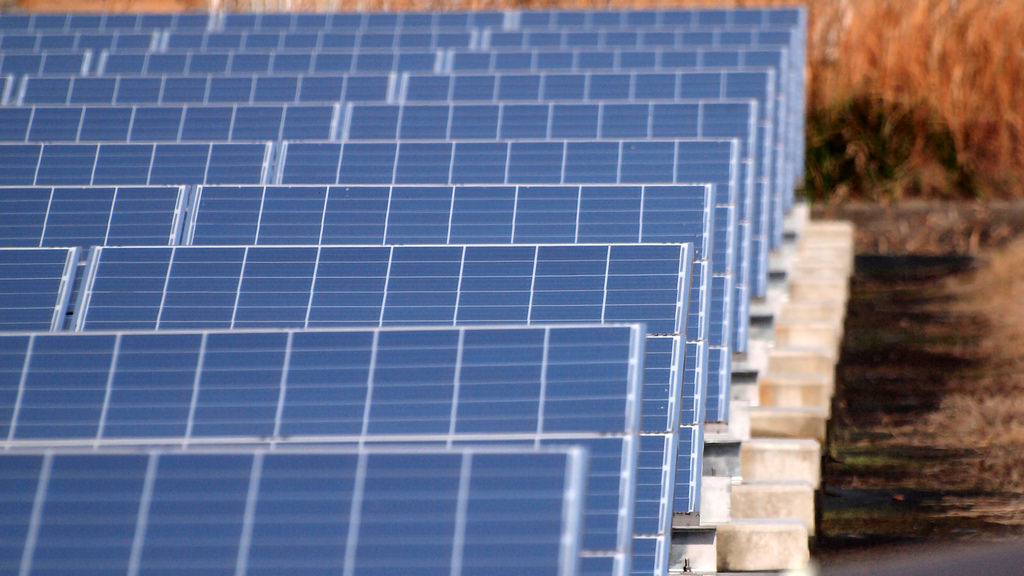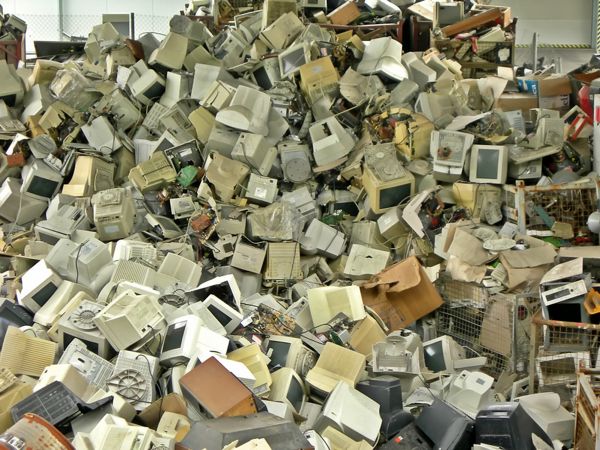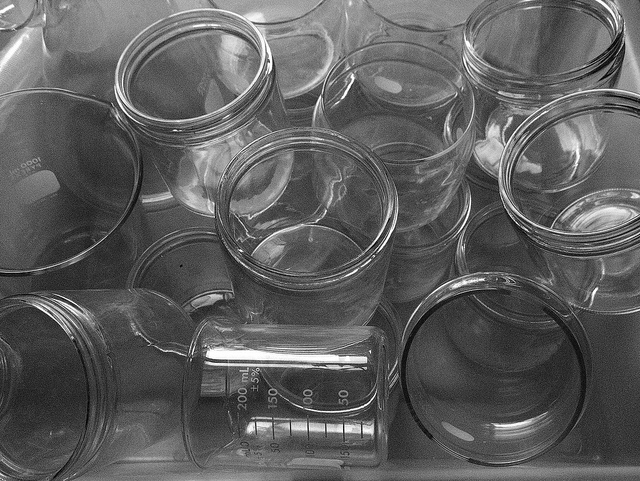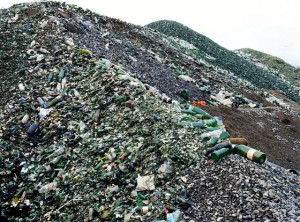More major cities dump glass recycling
The city is halting collection of glass from its single-stream curbside collection program in April. The reasons, according to the City Administrator, are just what you’d expect. Glass is hard to collect, sort, store and ship, which makes it unattractive (read: unprofitable) to incorporate into a single stream waste recycling program.
The city is asking its residents to chime in on what they want to do about their glass, however, and promises to work the results of a citywide survey into its long-term glass collection plan. The city has drafted three options for residents, and it’s asking them to identify their preferred course of action.
According to the city, Option A is to put glass in the trash. This option won’t sit well with people who value the idea of recycling materials. With Option A, residents would simply drop their glass containers in the trash and they would be landfilled, along with the rest of their non-recyclable garbage. The reality is that most glass that is currently collected in the city’s single-stream recycling program ends up in the landfill now. Glass containers are pulverized and used as “daily cover” on the surface of the dump to reduce odors and flyaway trash.
Option B provides a drop-off container collection area that residents could use as their time permits. Residents would store glass containers at home, and periodically take them to a centralized collection location. The city has not said what will become of the collected glass under this option.
Option C is the continuation of the curbside recycling program with a few modifications. Glass containers would be sorted into a separate bin by residents and set out at the curb on collection day. A separate truck would collect the glass containers. This option would add $36 per year to each household’s waste service bill.
The results of the survey will be presented to the Alpharetta City Council in April, and based on the findings, the City may modify its current glass collection plan.
One great way to reuse glass is to “upcycle” it with GlassPrimer™ Glass Paint. GlassPrimer™ glass paint is easy to use, looks great and comes in virtually any color. For more information about GlassPrimer™ glass paint, please visit the rest of our site.
Photo Credit: born1945, via Flickr

